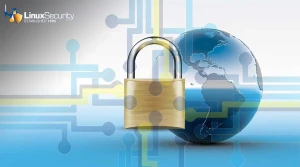Back to Linux Basics With Debian GNU/Linux
As the bigger guns in the enterprise Linux space move to commercialize their software as much as possible, the Debian project continues to provide a Linux distribution that offers organizations the sort of commodity infrastructure for which Linux was originally known.
First launched in 1993, the Debian project is run as a distributed democracy, electing project leaders and hammering out assorted issues via a wide array of mailing lists and strict adherence to the project's social contact, a statement of purpose designed to keep the fruits of its labors free and open.
Debian GNU/Linux is largely distinguished by rigorous quality assurance, a wide range of platform support (11 architectures so far), and solid package management tools that make staying up to date and secure a snap.
The Linux distro is obtained in several forms. Organizations can purchase it from Linux CD distributors, as a download of CD images, as a network installation from a set of boot floppies, and through a novel system called jigdo, which makes assembling a Debian CD from the project's global network of mirrors relatively simple and fast.
Installation
Debian is installable from a CD or over a network. If the installer is properly configured during the initial installation steps, the very latest patches and security fixes are downloaded from the Debian project's servers instead of their outdated counterparts on the installation media.
Debian's installation program is sometimes derided as inadequate because it eschews many of the GUI-wizard-like trappings widely adopted by other Linux distributions. Instead, it uses text-based menus and dialogs that provide some assistance; although for the most part it assumes the person conducting the installation did some reading before booting the install disc and is familiar with basic concepts, like disk-partitioning and what a master boot record does.
The installation manual is thorough enough to offset most of the difficulties a less-than-chatty installer introduces though.
The link for this article located at serverwatch.com is no longer available.






















